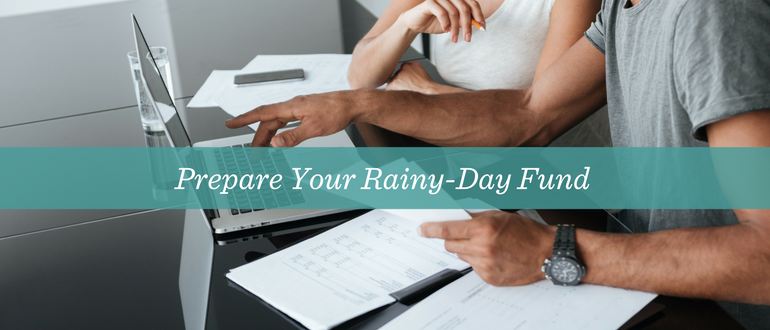You’ve prepared your children, made an emergency communication plan, threw in some extra essentials for your pets, but what have you done to prepare your finances? Natural disasters aren’t the only type of emergency you may face. Other potential types of emergencies to prepare for include things like the loss of a job, divorce, or an accident. While supplies and documents are important, don’t forget about critical records and a backup financial plan, just in case. These items will help rebuild your life quicker and easier after a disaster or emergency, if one should occur.
Take the time to gather these Financial Documents:
- Housing payments
- Proof of insurance and your insurers contact information
- Sources of income
- Bank accounts and bank contact number
- Bills - utility, electric, credit card, etc.
- Tax statements
- Lease, mortgage, or deed paperwork
In addition to these documents, consider opening an emergency savings account to put money aside. An estimated 63% of Americans don’t have enough saved to cover a $500 emergency. Don’t become a statistic! By setting aside $50 a month you’ll have a rainy-day fund of $600 a year. Start saving now! It’s good practice to have enough emergency funds saved to cover three to six months of living expenses, in case you are out of work or have a big, unexpected expense.
Securing your own piece of mind by having an emergency plan so you and your family is prepared for the worst.

